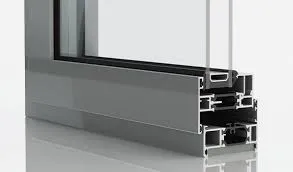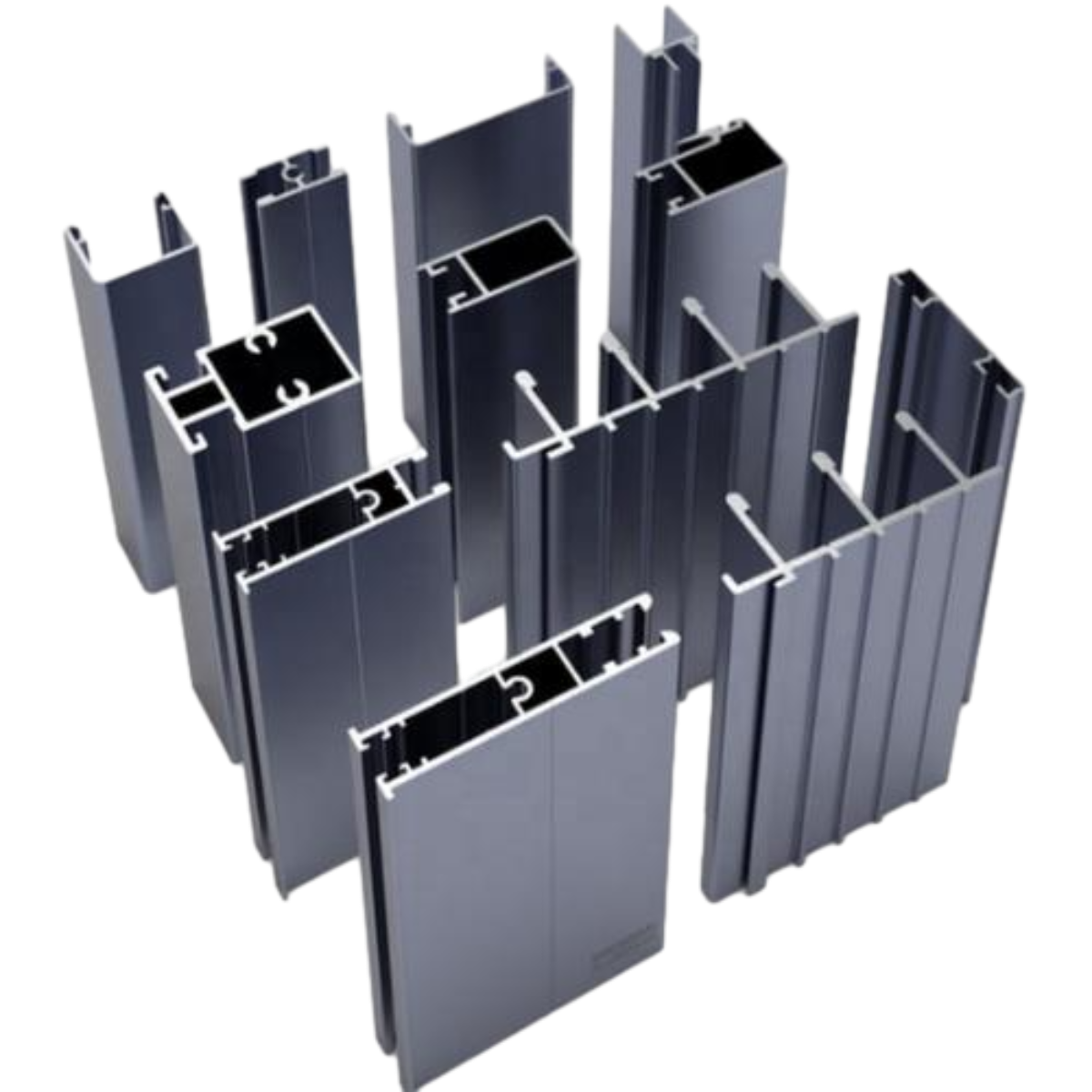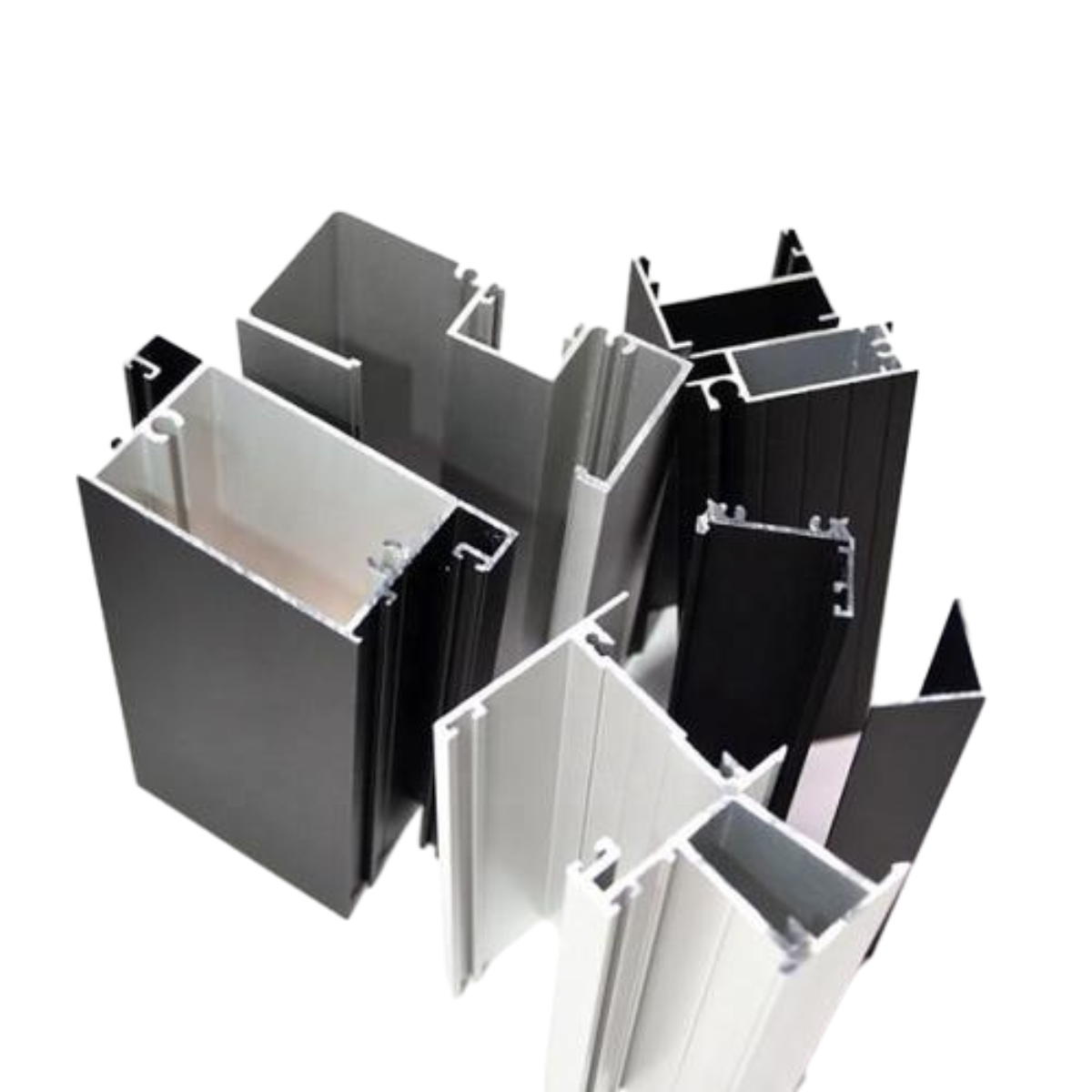iron railing components
Exploring Iron Railing Components A Guide to Durable and Stylish Solutions
Iron railings are not just functional elements in residential and commercial architecture; they also serve as a testament to craftsmanship and aesthetic appeal. The different components of iron railings can significantly impact both their functionality and visual appearance. Understanding these components is vital for anyone considering the installation or upgrade of iron railings.
1. Posts
The posts are the vertical elements that support a railing system. Made from robust iron, they provide the necessary strength and stability. Posts can vary in design—from plain and cylindrical to ornate and decorative. The choice of the post design should complement the overall aesthetic of the property while ensuring that the railing meets safety standards.
2. Rails
Rails are the horizontal components that connect the posts and provide grip and support. Top rails and bottom rails serve different purposes the top rail is primarily for safety and aesthetics, while the bottom rail adds stability to the structure. The dimensions and profile of the rails can greatly influence the style of the railing, with options ranging from sleek and modern designs to more traditional, decorative profiles.
3. Balusters
iron railing components

Balusters are the vertical elements that fill the space between the top and bottom rails. They not only enhance the railing’s safety by preventing people from falling through but also contribute to its overall design. Balusters can be simple and understated or elaborate and decorative, depending on the desired style. Common designs include spindles, panels, or even custom ornate pieces that reflect personal taste.
Caps and finials are decorative elements that not only complete the look of the railing but also serve practical purposes. Caps can protect the tops of posts from the elements and enhance durability, while finials can add an eye-catching detail that enhances the design scheme. These components come in various styles and finishes, allowing for individualized flair in the overall railing design.
5. Coatings and Finishes
To ensure longevity and maintain aesthetic appeal, iron railings often undergo various coatings and finishes. Options like powder coating offer a protective layer against rust and corrosion, while also providing a customizable color palette. Regular maintenance, such as repainting and inspections, is essential to keep iron railings in top condition.
In conclusion, iron railing components play a crucial role in designing a functional and visually appealing railing system. By selecting the right combination of posts, rails, balusters, caps, and finishes, homeowners and builders can create a rail that not only enhances safety but also reflects their unique style. Whether installed in a modern home or a classic building, iron railings remain a timeless choice that blends durability with beauty.
-
Why Choose Cast Iron for Your Next Project?NewsApr.27,2025
-
Timeless Charm of Cast Iron Decorative ElementsNewsApr.27,2025
-
Wholesale Cast Iron Products: A Growing Trend in Home and Garden DécorNewsApr.27,2025
-
The Advantages of Using Ornamental Cast Iron Parts in Your Design ProjectsNewsApr.27,2025
-
Why Ornamental Iron Castings Are Essential for Timeless DesignNewsApr.27,2025
-
The Elegance and Durability of Ornamental Cast Iron PanelsNewsApr.27,2025















